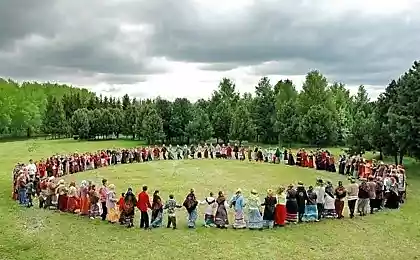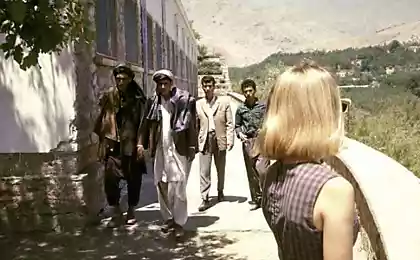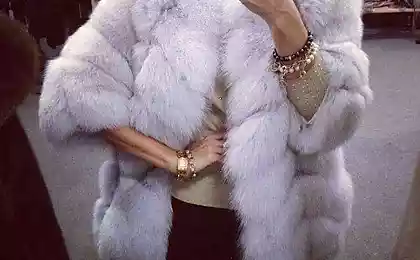538
History of the veil
The veil is a thin veil women's white, brown, blue, or black, in which Muslim women wrapped from head to toe if you were going at least 5 minutes to get out of the house, leaving open only the eyes. The veil was widespread among many peoples of Iran, Afghanistan, Arabic countries, Azerbaijan and so on.
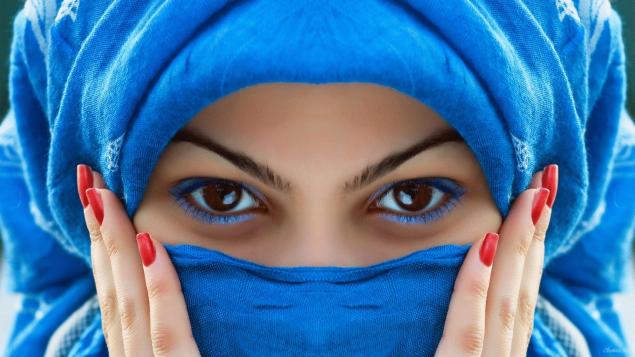
Part of the veil which covers the head consists of a muslin cloth covering the face and fabric tightly covering his head. It argued that this tradition of hiding behind a veil appeared in ancient times among the rich Persians who are concerned about the whiteness of his face, and then this tradition has spread to neighbouring countries. Men liked it because they used women's care for their beauty for their own purposes and helped to spread the veil, which helped them provide an even more calm life.
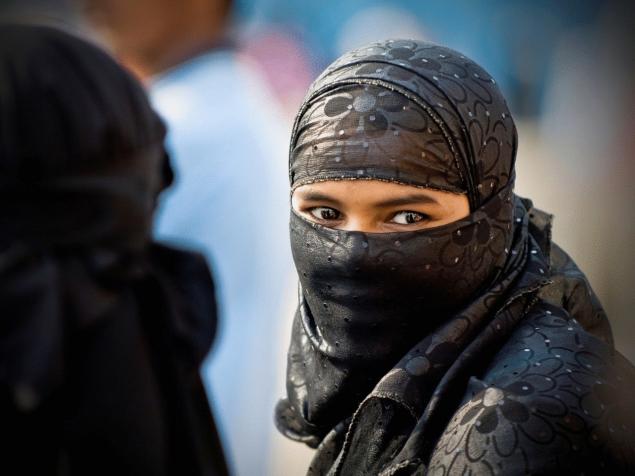
Women began to decorate the veil and change it depending on the age, marital and social status, used a variety of colors and materials for design. 4 types of veils for all occasions is the entire wardrobe of Afghan women. In the wrap covering almost the whole body, they go in the winter and spring, and even summer. Afghan men believe that they have just enough time to look at the woman in the burka, and without mistake can determine its age, status and even social status. At first glance, one veil not different from the other.
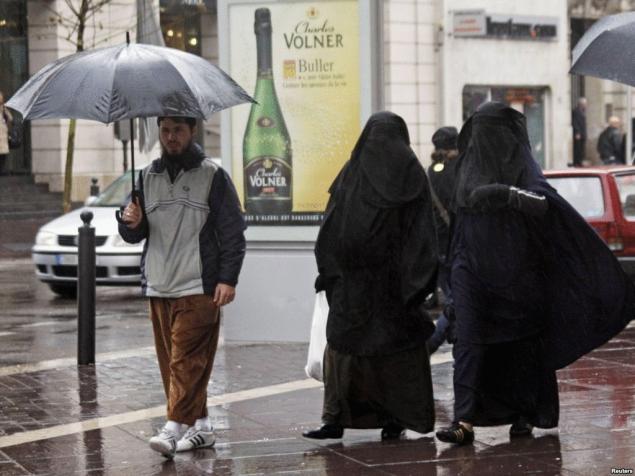
In fact, it is not so. Special fabric, clear lines, definitely handmade, decor... Women want to look beautiful and original, even being fully immersed in the veil. In Afghanistan, probably the most hard to do, dressed as a woman. Even in Iran and the Arab countries have no such restrictions.
Source: /users/117

Part of the veil which covers the head consists of a muslin cloth covering the face and fabric tightly covering his head. It argued that this tradition of hiding behind a veil appeared in ancient times among the rich Persians who are concerned about the whiteness of his face, and then this tradition has spread to neighbouring countries. Men liked it because they used women's care for their beauty for their own purposes and helped to spread the veil, which helped them provide an even more calm life.

Women began to decorate the veil and change it depending on the age, marital and social status, used a variety of colors and materials for design. 4 types of veils for all occasions is the entire wardrobe of Afghan women. In the wrap covering almost the whole body, they go in the winter and spring, and even summer. Afghan men believe that they have just enough time to look at the woman in the burka, and without mistake can determine its age, status and even social status. At first glance, one veil not different from the other.

In fact, it is not so. Special fabric, clear lines, definitely handmade, decor... Women want to look beautiful and original, even being fully immersed in the veil. In Afghanistan, probably the most hard to do, dressed as a woman. Even in Iran and the Arab countries have no such restrictions.
Source: /users/117










